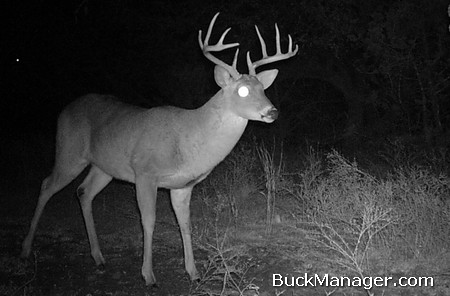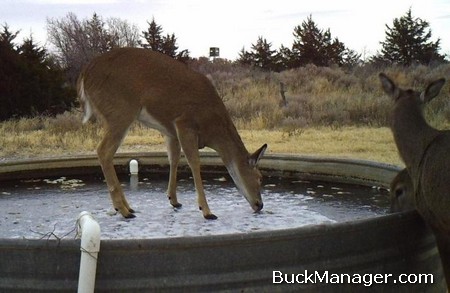If you’ve noticed the deer hunting season is nearly over and there are license tags left in your pocket, don’t panic just yet. There is still time to fill those tags, as well as the freezer. Many hunters find themselves behind the proverbial eight ball as the season winds down each year. Whether it’s because we’ve run short on hunting time because of other commitments, spent too much time waiting on that big buck that seemed to show up on game camera from time to time but never while we were actually on stand, or if it’s just because we’ve suffered from plain ole procrastination. It happens. The pressure may be on, but the late season is one of the very best times to put deer on the ground.
There are numerous farms and ranches looking to achieve deer management objectives, namely keeping the whitetail population within the carrying capacity of the available habitat. Other hunters are just looking to put something next to the potatoes. No matter which camp applies to you, hunting the late season all comes down to a single four letter word, food. The breeding season takes an awful lot out of deer, especially bucks since they burn a lot of calories fighting one another, searching for and pursuing does, so they are always looking to strap on the post-rut feed bag. Combine that with the fact that the fall and winter (to date) has been colder than normal and deer are forced to forage.
Late Season Hunting: Find Food, Now!
First, let me just say that the bucks are back! Ranches are reporting that bucks are hitting both feeders and winter food plots really well right now in the North and Central Texas areas. And most of the bucks on game cameras are middle-aged and older deer. In fact, the bigger-bodied bucks are dominating the feeders, making the harvest of antlerless deer much more difficult. In some cases, does have quite visiting spin feeders altogether because they can’t match up against their bigger, antlered counterparts.
It’s completely natural for whitetail to feel nutritionally stressed late in the season, but it can be especially painful for animals living in areas with that have too many deer. If you have the option, areas with an overpopulation of deer should be targeted for some end-of-the-season population management, i.e. herd reduction. Harvested deer will fill your belly and leave additional foods for the remaining deer herd to fill theirs.

Find the food sources in your hunting area and the deer will be there. Whitetail deer need a lot of food to maintain their body heat and animals will be looking to scarf down all that they can handle. After all, there is no time to waste when deer need to replenish much-needed body fat. Winter has just started. It’s also time to think about returning supplemental feeds for deer, such as protein pellets and cottonseed, if you want to maintain body condition, improve antler growth as well as fawn production for the upcoming summer.
Although late season deer movements should be very strong given the arctic-blast-like conditions, it is late in the season so deer have already become accustomed to “normal” hunter activity in areas that receive any amount of hunting pressure. This means they will be on full alert the first and last couple of hours of the day. Consider hunting the period after most hunters leave their stands but before they return, from mid-morning through mid-afternoon. Deer movement during this “down time” can be surprisingly strong. The bitter cold should make it even better. Whitetail will visit food plots throughout the day, soak up warmth from the sun and grab a bite to eat.
